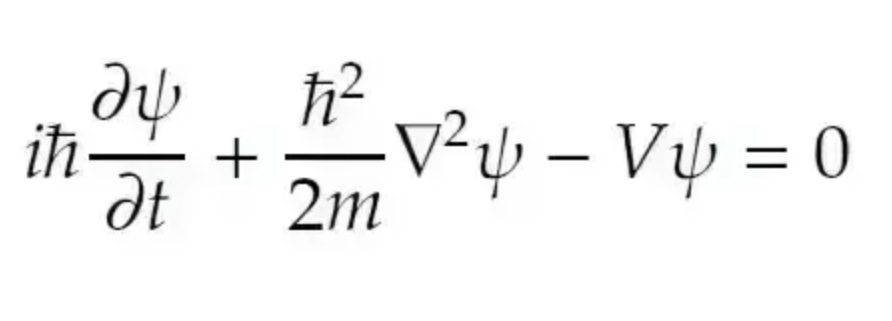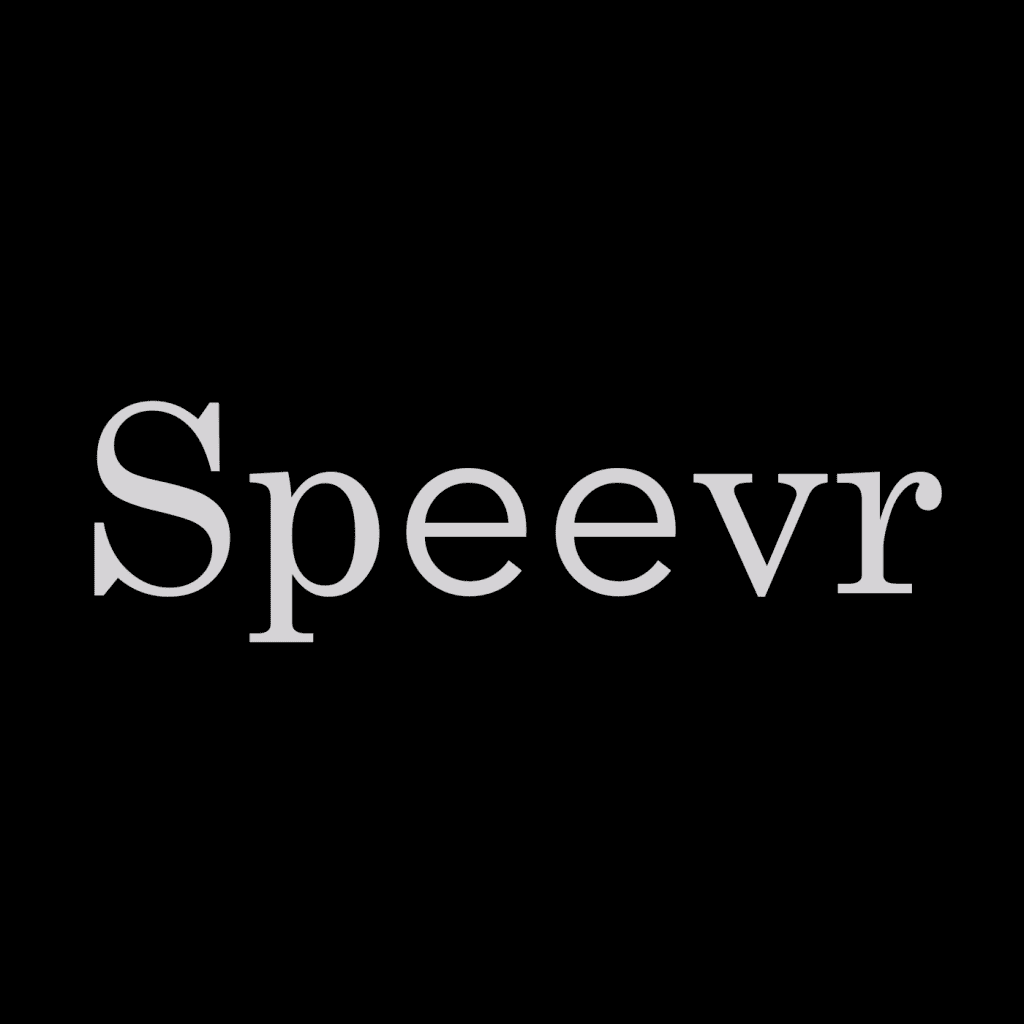“Most of the natural sciences try to represent the results of their investigations as though these had come into existence without man’s intervention, in such a way that the collaboration of the psyche – an indispensable factor – remains invisible. An exception to this is modern physics, which recognizes that the observed is not independent of the observer. So in this respect, too, science conveys a picture of the world from which a real human psyche appears to be excluded – the very antithesis of the “humanities”.”
— Carl Jung
With everyone jumping on the AI bandwagon, we figured an appropriate and mature response would be to go one up on the competition by writing about quantum computing. And why not with the summer market grind in full swing. Let's go off piste a bit.
Forget Schrödinger's Cat experiment
In this update, we aim to address a fundamental question that has been extensively covered in mainstream literature, but inadequately explained: Why is a quantum computer superior to a classical computer? We will take a non-technical approach, refraining from referencing the famous Schrödinger's cat experiment or the mathematical aspects typically associated with introductions to quantum computing. By adopting our approach, the concept of a quantum computer will appear more natural when compared to classical computers operating on binary modes.
Misuses of Schrödinger's Cat
“Schrödinger's cat” and “Prisoner's Dilemma” are perhaps the two most misused expressions in the mainstream narrative when describing various concepts.
Why disregard Schrödinger's Cat?
For the purpose of this update, we kindly request that you set aside any knowledge of Schrödinger's cat experiment. The reason behind this will become apparent as we progress. Please flow with me for now.
Our intention is not to address animal harm, even in a hypothetical setting. Although a quick Google search reveals that Erwin Schrödinger, by his own accounts, legal troubles may have extended beyond animal cruelty, hence the phrase “The cat is out of the bag”.
Einstein understood Quantum Mechanics very well
Schrödinger's cat thought experiment originated from a private correspondence between Schrödinger and Albert Einstein. At the time, Einstein was already a renowned physicist, making him Schrödinger's superior. Schrödinger used the experiment to highlight inconsistencies between Einstein's Theory of Relativity and Quantum Mechanics (QM). The thought experiment showcases the breakdown of QM when transitioning from the subatomic level of modern physics to the classical physics governing larger scales. In this context, Schrödinger's cat tests the limits of QM and reveals its inconsistencies with classical physics. The non-intuitive nature of QM partially arises from the failure of human cognition to comprehend it outside the standard mathematical formulations of the theory.
Including Schrödinger's cat in introductions to quantum computing often serves as an excuse for narrators. It is frequently followed by the notion that if even Einstein struggled with QM, it is acceptable. However, the claim that Einstein had difficulties understanding QM could not be further from the truth. Subsequent research papers by Einstein demonstrate his thorough understanding of QM, and his work in 1935 gave rise to the field of quantum information theory, which we may briefly touch upon later, depending on how we get on.
Quantum Gravity
While QM is insufficient for explaining the non-subatomic world that shapes human perceptions, it has more experimental and practical evidence supporting its validity compared to Einstein's General Theory of Relativity (GR). Physicists, including Einstein, have grappled with the problem of unifying GR with QM for several decades. Quantum Gravity emerges as a leading theory aiming to bridge the gap between GR and QM. However, this theory lacks empirical evidence and primarily relies on mathematics, which is often inaccessible to most undergraduate physics students. Quantum Gravity appeals to highly analytical minds.
To quote Stephen Hawking: When we discover the grand unifying theory, it should be intuitive enough for most people to understand and relate to. We are not there yet.
Schrödinger's Equation and Heisenberg's Uncertainty Principle
This will be the only occasion where we present formulae to illustrate the difference between mathematical and qualitative representations of QM.
Here is Schrödinger's equation:

The details of the expression go beyond the scope of our discussion. Schrödinger's equation captures the wave-particle duality of matter. It reveals that particles are bound by wave-like characteristics similar to photons (light). In contrast, photons possess electromagnetic energy but no mass. The massless properties of photons establish an upper limit on the speed at which particles can travel in a vacuum according to Einstein's Special Theory of Relativity (SR).
(As a side note: Large particle accelerators like CERN propel particles at speeds close to the speed of light using significant amounts of energy to create matter through collisions. This contrasts with nuclear reactions where matter is converted into energy.)
Schrödinger's equation provides a free pass for yoga instructors to talk about cosmic vibrations and energy waves. However, they have not developed the mathematical tools to express their ideas.
Here is the formula for Heisenberg's uncertainty principle:

The expression states that we cannot precisely know both the speed and position of a particle, but they are constrained according to the relationship described above.
Taken together, Schrödinger's equation and Heisenberg's uncertainty principle form the foundation of QM. The mathematical formulation works well for those applying QM to develop semiconductors, LCD displays, and other applications.
However, the precise nature of mathematical representations can limit imagination and creativity, leading to mental constraints. This phenomenon extends to social sciences, where market participants attempt to fit economic data into prevailing theories. While mathematics can occasionally enable imaginative leaps to discover new theories, this is more of an exception than the norm.
Who invented Quantum Computing?
At present, quantum computing remains an abstract concept in its early stages, similar to the binary switches used in classical computers. To the best of our knowledge, Richard Feynman was the first to introduce the idea of quantum computers. Feynman encountered difficulties simulating quantum mechanical system interactions using classical computers. This led him to question whether the limitation lay not in computation power but rather in the inadequacies of classical computers when dealing with the problem he was trying to solve.
We can think of Feynman's computational problem as analogous to someone attempting to create new colors by combining the three primary colors—Red (R), Green (G), and Blue (B). The Adobe RGB color scheme defines colors through various combinations of primary colors. Feynman recognized that primary colors are limited to the human eye's ability to perceive them and are therefore inadequate for describing phenomena beyond our cognition.
A superposition of primary colors
In physics jargon, superposition describe a combination of different states. Therefore, may say that every secondary color is a superposition (state) of the three primary colors.
Now that we have covered the history and background of quantum computing, this is a good point to pause.
Addio Silvio…
Former Italian Prime Minister and business mogul Silvio Berlusconi certainly led a rich and colorful life, not without its controversies and numerous memorable moments. He maintained a close relationship with Vladimir Putin, and the two would socialize outside of work as regular guests at each other's birthdays. There were even reports of Putin visiting Berlusconi at his Venice villa around midnight and leaving in the early hours of the morning. Although Berlusconi's leadership style has long fallen out of favor in most Western liberal democracies, he could have served as a back channel to the Kremlin.
Here's a classic Berlusconi move: keeping Angela Merkel waiting as the host of a NATO summit in 2009 while she greeted other world leaders:
There are countless possible causes for his delay, but about 90% of them involve: complaining about pineapples on his pizza, dealing with an unhappy lover, and signing a new striker for his soccer team, AC Milan.
Rest in peace Silvio!
In the end, Merkel pulled off a master move by leaving him standing there alone. Merkel undoubtedly understands QM, considering she holds a PhD in Quantum Chemistry.







